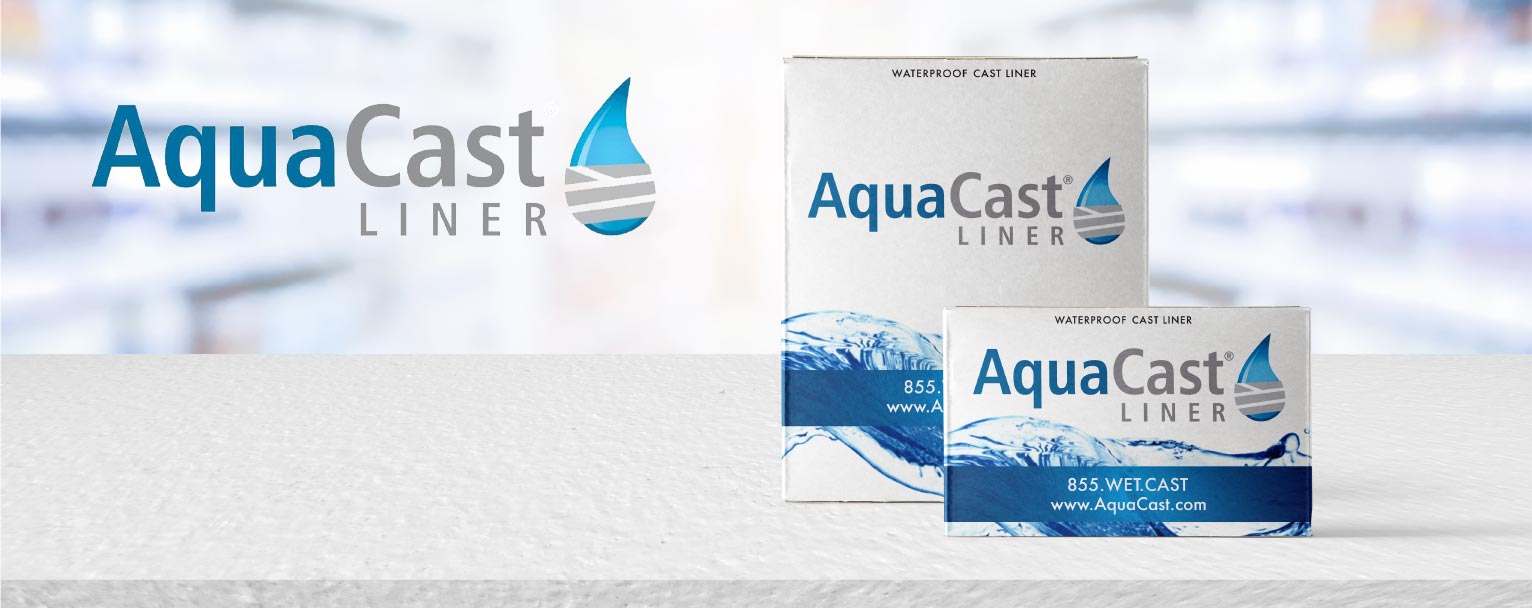
AquaCast®
What are AquaCast® Liner casts?
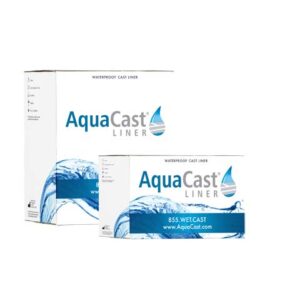
They are waterproof casts that allow the patient to carry on with his daily activities despite having to be immobilised, minimising inconvenience and frustration that comes with wearing a cast and a splint, as these casts can get wet.
Our ground-breaking products replace classic cotton and cast used until now to immobilise fractures, sprains and dislocations, allowing the patient to carry on with his daily activities such as showering, swimming, engaging in sports activities, going to the spa, washing dishes, etc.
- They are made of a water-repellent, breathable and washable padding material (AquaCast Liner) and a coloured fibreglass bandage.
AquaCast® Liner is the best padding material for water-resistant casts and has become the preferred product for traumatologists that want to offer their patients the best possible quality of life during immobilisation due to fractures, sprains and/or dislocations.

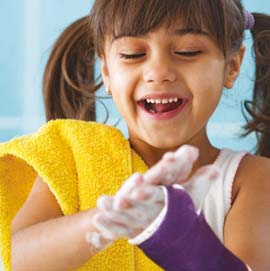
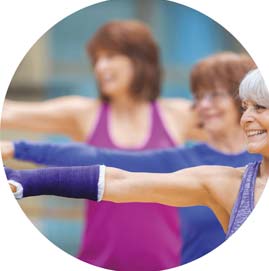
INFORMATION
Uses:
AquaCast® by Laboratorios Farmolab is a medical product indicated for immobilising fractures, sprains and/or dislocations.
AquaCast® product line:
AquaCast® Liner
Available in 5 cm, 7.5 cm and 10 cm rolls (in 12 unit and 2 unit boxes).
Hipster® Protective Liners
Padding used both for children and adults. Available in 7 sizes, they offer protection against liquids, are breathable, useful in paediatric pelvic, shoulder and body applications.
Saw Stop® Protective Strip
Watertight, resistant and flexible protective strips with an extra protective layer in order to safely remove casts.
Saw Stop Zip Stick
Reusable instrument that offers protection and is used to safely remove casts (standard and mini sizes).
Fly Safe Strap
Bracelets that allow the continued use of a cast after it has been opened with a saw, permitting the reuse of the waterproof cast despite having been opened.
Fibreglass bandages
Available in 5 cm, 7.5 cm and 10 cm rolls. (check colours)
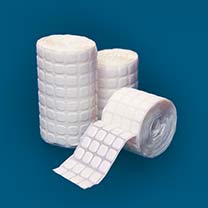
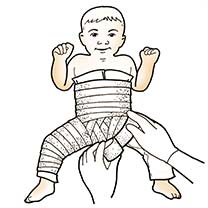

HOW DOES IT WORK?
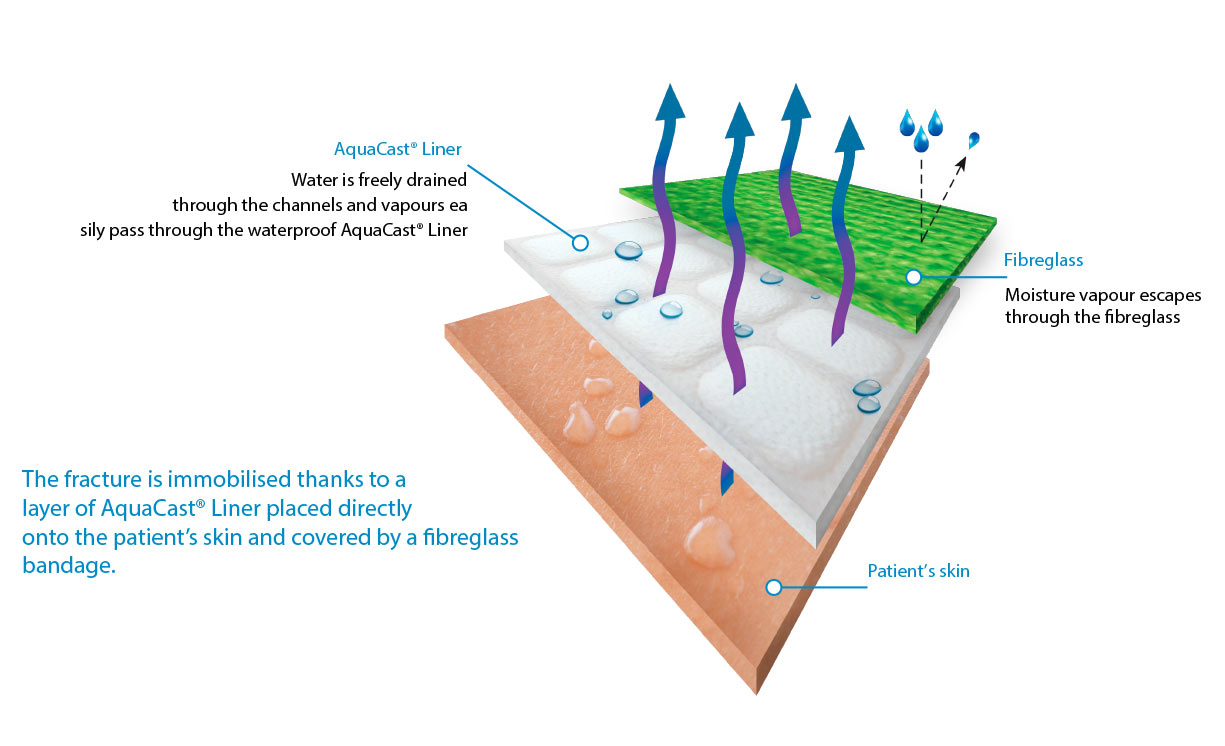
Scientific EVIDENCE
Skin Health Study in Waterproof Casts
Kelly Ryan D.O. Clinical faculty, Dept of Family Medicine , MedStar Franklin Square Medical Center. Teri McCambridge, MD, FAAP, Assistant Professor of Orthopedics and Pediatrics, University of Maryland School of Medicine
ABSTRACT:
This study evaluated patient satisfaction and skin integrity after immobilization with AquaCast® waterproof liner. Waterproof liner, an emerging technology, is designed to allow proper fracture immobilization, participation in water activities and improved hygiene. Only short arm, long arm, or short leg casts were included.
This study was a retrospective non-randomized survey with de-identified patient information. The study included seventy-two patients, aged 24 months to 64 years (mean 11.7 years). Reduced fractures were excluded. AquaCast Liner was provided free for participation.
Seventy-one out of seventy-two patients (98.6%) wearing AquaCast Liner had average or better skin quality. Seventy-one out of seventy-two patients would recommend AquaCast Liner to others. All fractures healed without complication.
It is not just comfort: waterproof casting increases physical functioning in children with minimally angulated distal radius fractures
Mauricio Silva1-3, Tigran Avoian1, Robert Sean Warnock1, Gal Sadlik1 and Edward Ebramzadehb2-3. 1Orthopaedic Institute for Children, 2The J. Vernon Luck Orthopaedic Research. Center, Orthopaedic Institute for Children and 3 UCLA/Orthopaedic Hospital. Department of Orthopaedics, David Geffen School of Medicine at UCLA, Los Angeles, California, USA
ABSTRACT: J Pediatr Orthop B 26:417–423
Waterproof casting has been reported to increase patient comfort and satisfaction, and decrease skin irritation. There are no available data on the influence of waterproof casting materials on physical function in pediatric patients. Our aim was to determine whether the use of waterproof casting would result in faster recovery of physical function while maintaining similar clinical outcomes as those obtained with nonwaterproof materials. Twenty-six children with nonangulated or minimally angulated distal radius fractures were assigned randomly to initially receive a short-arm cast made of one of two optional materials: a hybrid mesh material with a waterproof lining or fiberglass with a nonwaterproof skin protector. Two weeks later, the initial cast was removed and replaced with a short-arm cast made of the alternative option. We compared the rate of fracture displacement, physical function, pain, skin changes, itchiness, and patient satisfaction. No evidence of displacement was found in either group. The mean Activities Scale for Kids – Performance (ASK-P) (physical function) score was 10% higher during the period of time when a waterproof cast was used (P=0.04). When a waterproof cast was used during the first 2 weeks of treatment, the mean total ASK-P scores were 23% higher than that when a nonwaterproof one was used during the same period of time (P=0.003). Patients who received a waterproof cast as the initial treatment reported lower functional scores overall and in almost every domain of the ASK-P once they were in a nonwaterproof one; similarly, those who received a nonwaterproof cast as the initial treatment reported higher functional scores overall and in every domain of the ASK-P once they were in a waterproof cast. Compared with a nonwaterproof cast, the use of waterproof casting resulted in comparable levels of pain, itchiness, skin irritability, and overall patient satisfaction. The results of this randomized, cross-over trial suggest that the use of waterproof casting material for the treatment of nondisplaced or minimally displaced distal radius fractures in children can result in a faster recovery of physical function, while providing comparable stability, pain, itchiness, skin irritability, and overall patient satisfaction.
The Incidence and Determinants of Waterproof Casting in Pediatric Patients
Amanda VanInwegen and H Robert Tuten. Department of Chemistry, Virginia Commonwealth University School of Pharmacy, USA
ABSTRACT: Biomed J Sci & Tech Res. DOI: 10.26717/BJSTR.2018.02.000787
Background: The study was designed to investigate the prevalence and determinants of waterproof casting in children being treated for a fracture at a pediatric orthopedic surgery clinic. Patients whose fractures need immobilization with a cast are given the option to pay for a waterproof liner, which is not covered by insurance carriers. The determining factors in their decision can include sex, age, time of year, and price.
Methods: Subjects were selected for this study if they were placed in a fiberglass cast within a one-year period. The following information was compiled for each patient: sex, age, date of treatment, type of cast, and type of insurance (private, Medicaid, etc.). Also noted was whether or not the patient opted for waterproof casting. All of the patients were immobilized in a cast for approximately the same length of time.
Results: A total of 2407 casts were applied in the one-year period of the study, 960 (39.9%) of them with a waterproof liner. The prevalence of waterproof cast use was highest in privately insured patients, for children over the age of five, and during the warmer months. The lowest percentage of waterproof casts was among patients insured by Medicaid, the government program for families with limited financial resources.
Conclusion: Waterproof casts are of value to pediatric patients and their parents because they allow children to continue with their normal hygiene regimen and recreational activities, but at a cost that it considered too high for some. Providing the option of a waterproof cast benefits both the practice and the patient.
Waterproof Casts for Immobilization of Children’s Fractures and Sprains
Elizabeth G. Shannon, RN, PhD(c), PNP, Rachel DiFazio, RN, MSN, PNP, James Kasser, MD, Lawrence Karlin, MD, and Peter Gerbino, MD. Children’s Orthopaedic Surgery Foundation & Harvard School of Medicine, Boston, Massachusetts. Children’s Hospital Boston, Boston, Massachusetts.
ABSTRACT: J Pediatr Orthop 2005;25:56–59)
This study was designed to determine the efficacy of waterproof cast-lining materials in children with short-arm, long-arm, and short-leg casts. Eligible patients had healing fractures 2 weeks after reduction, stable fractures requiring no reduction, or sprains. A total of 165 waterproof-lined casts were applied and 124 children and parents completed a survey (76.9%) upon cast removal.
Results: revealed 79% very satisfied, 21% satisfied, and 0% dissatisfied. There were 16 (12.9%) minor skin integrity issues. Waterproof casts in stable fractures and sprains allow acceptable immobilization with no significant associated unusual risk and allow children to resume their usual recreational water activities and hygiene regimen without risk of adverse results.

SPORTS AND BEACH
Don’t stop playing your favourite sport, even swimming or going to the beach.

VERY RESISTANT
Our waterproof casts are a lot more resistant than a conventional cast.

VERY LIGHT
A waterproof cast’s weight is much lower than that of a conventional cast.

PROTECTS YOUR SKIN
Its exclusive system drains excess water and sweat, allowing the skin to normally breath.

WASHABLE
Forget about the hygiene problems traditional casts may cause. The waterproof casts are soap-resistant.

QUICK DRYING
hanks to its porous system it dries for 90% in 10 minutes or 5 minutes in a dryer is enough.